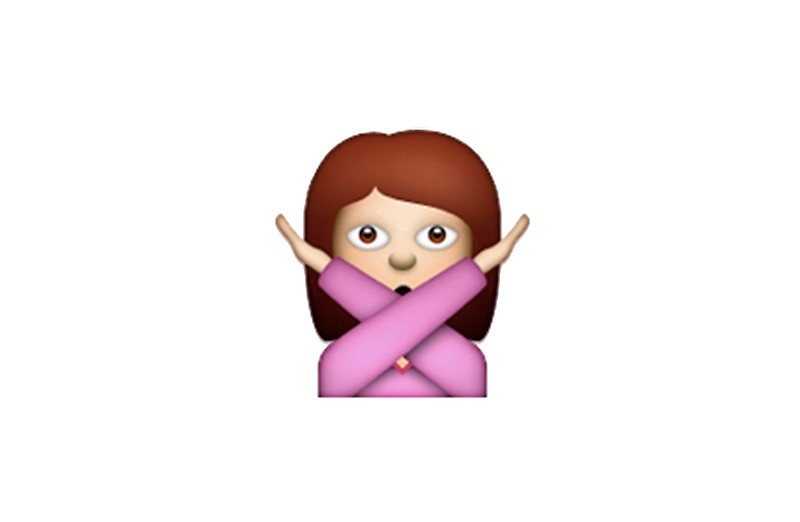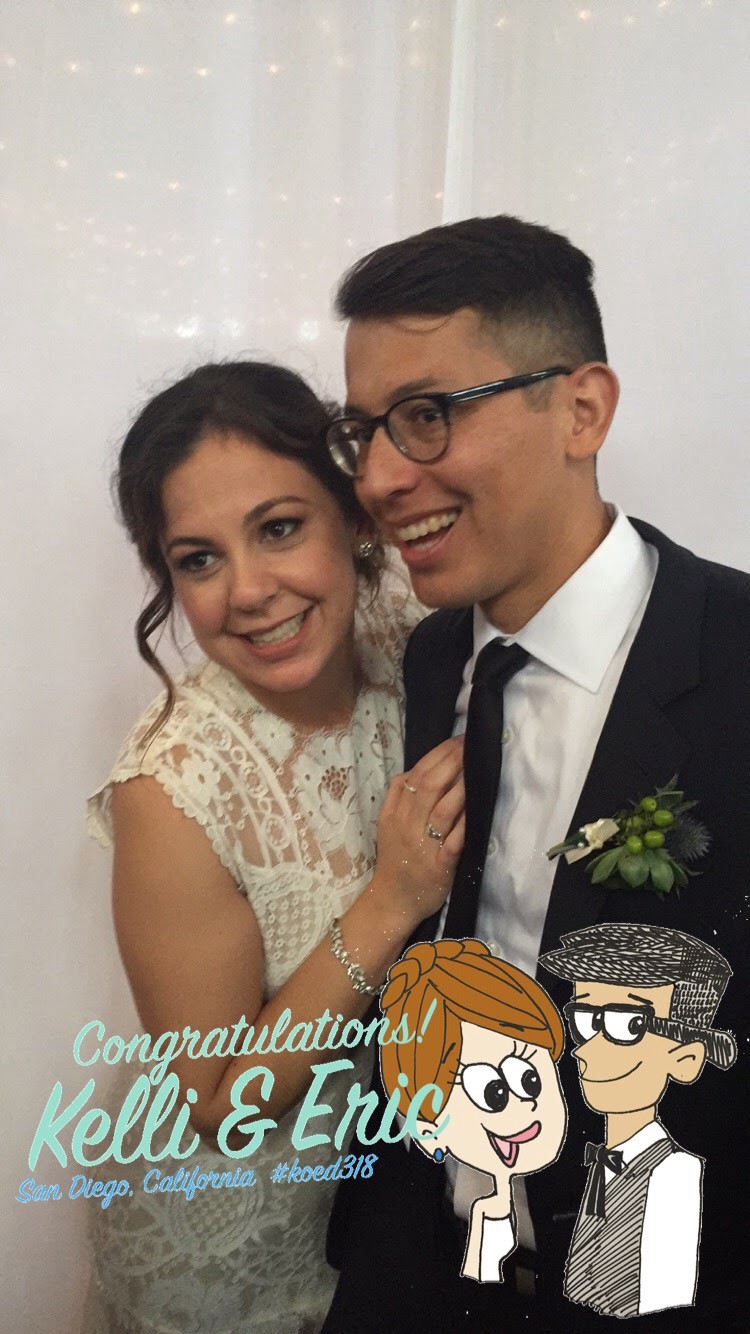The Unwieldy, Unnecessary Existence of the Wedding Hashtag
Has event-based metadata outgrown its usefulness?

Every wedding movie has a predictable montage. Let’s take 27 Dresses, because I’ve seen it more than twice, and the nature of the film means they do the montage multiple times: We see Katherine Heigl trying on dresses for her friend, picking out the perfect tiered cake, sussing out the venue, and, eventually, holding the bride’s dress while she pees. Now imagine if, in addition to her many matrimonial duties, our poor always-the-bridesmaid-never-the-bride protagonist were also in charge of populating her 27 friends’ wedding hashtags. The montage would feature her tapping a hapless man on the shoulder after he photographs the groom’s back in the aisle. “Did you include the hashtag?” she’d whisper anxiously. He’d look confused. “It’s #fitzlikeaglove, with Fitz as in Fitzpatrick. Here, just give me the phone, I’ll type it.”
On a day that’s often defined by its details, the wedding hashtag has become as de rigeur as bouquets and place settings. For those outside the party, it’s just as common to use the hashtag as a window in. In 2014, Chiara Atik and Michelle Dozois — both editors of HowAboutWe’s dating blog at the time — started a Tiny Letter titled “Just the Hashtag.” Every Sunday, they sent readers a curated list of wedding hashtags to peruse. It was short-lived (“Fun while it lasted,” Dozois told me), but prescient. Earlier this year, the Wall Street Journal reported on hashtag voyeurism, dubbing its participants “digital wedding crashers.”
The purposes of the hashtag seem to contradict each other. Ideally, it’s the foundation of an authentic scrapbook, a method of compiling the moments a professional photographer didn’t see. But it’s also a very public slideshow, screened on random phones across the globe, allowing curious strangers to evaluate an intimate occasion. For couples who are aware of their online observers, a hashtag might feel like the wedding-day weather: just another thing that could go wrong. What if no one posts, or when they do, their photos are bad or embarrassing?

To facilitate high-quality photos, some couples intentionally plan Insta-worthy activities. Nell Diamond, whose wedding took place in the South of France (#nellandteddy), told WSJ that her wedding included many “photographable activities.” Namely, people spent a lot of time jumping off a diving board into the roiling Mediterranean.
For those who can’t secure a falconry sesh or a moon bounce, asking guests to curate a delightful hashtag might seem impossible. A friend recently pointed out the “lame” hashtag for a wedding she’d attended this summer — it had a total of eight posts, and only one (the picture my friend had contributed) was publicly visible. Adopting a hashtag involves a line of existential questioning: Am I popular enough to warrant one? Can I count on my friends to use it?
In an ideal world, hashtags help fulfill our growing need to be constantly connected. Before the big day, a bride might look at a location’s geotag and its attached hashtags to learn from those who sashayed down the same aisle. How did the previous couple arrange the tables, what method did they use to cover up the venue’s stray swastikas? During the reception, guests seek to quell FOMO even when they’re attending the main event, so they do a digital survey: Is table eight ordering shots? Have the party’s funnest people moved to the pool? Instagram creates a kind of ambient community, with seemingly endless chances to be inspired or involved. It’s overwhelming.

For a less obsessive, more ephemeral collection of images, some brides are opting to create Snapchat filters (which, yes, they sometimes post to Instagram too). According to Snapchat, thousands of on-demand geofilters — designs meant to accent live events — are being submitted every day. One San Diego bride who purchased her own geofilter, Kelli O’Merry, said that the app was “essentially our version of the photobooth.”

The Silicon Valley cognoscenti seem to be on board with beyond-hashtag nuptials. Inevitably, Snapchat founder Evan Spiegel was prepared with a custom bitmoji filter for his recent engagement to Miranda Kerr, while a hashtag was nowhere to be found during Instagram co-founder Kevin Systrom’s October wedding. “Girls” star Allison Williams’s wedding to College Humor founder Ricky Van Veen surfaced a sole, unhashtagged, professional photo.
Hinting at their impending obscurity, many hashtags also revel in the state of the patriarchy, like #mrandmrs[his last name] or #[his last name]wifedher, #becoming[his last name]. For couples who can’t conjure puntastic tags like #amandagotrobbed, #johnistaryntheknot and (for a Pi Day wedding) #McCluresPiDo, a set of hashtag generators will spit out other cookie-cutter options. I entered my parents’ names (Renée and James), and “Advanced Hashtags” included #RJ2016, #RJGetHitched, and #RJMerger. The saying for a special day should be: When there’s an algorithm for it, avoid it.
But until we forge a return to less stressful forms of matrimonial memorializing, maybe we should try to count on the hashtag for its moments of imperfection. Couples, and the strangers who scrutinize them, could embrace bizarre angles and off-kilter light as an accurate reflection of weddings as messy, blurry (rain, tears, tequila) occasions, both intimate and the biggest possible public display of affection. The new requirement of a good hashtag should be to show the outsiders who stalk it that no one’s Big Day is idyllic. That, on a rare day when unhinged celebration is encouraged, we could stand to spend less of our lives engaged in a game of compare-and-control.
Ella Riley-Adams is the social media manager for The New Yorker.